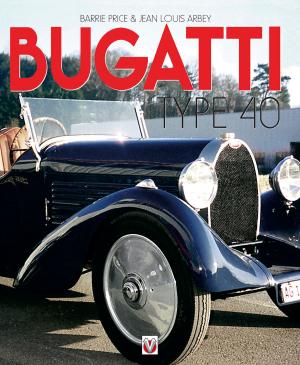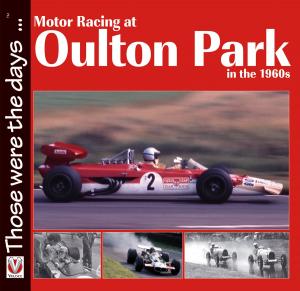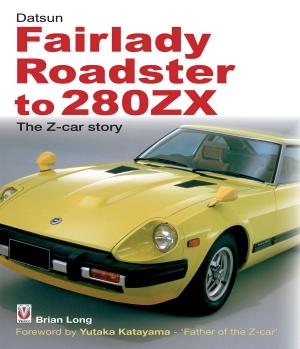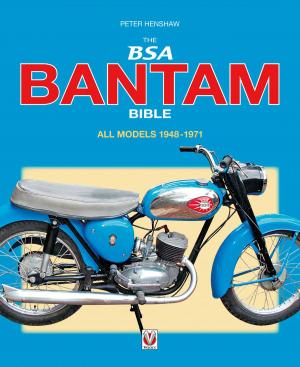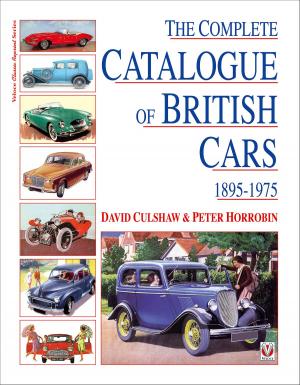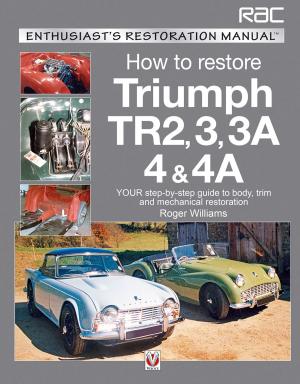Bugatti Type 46/50
The Big Bugattis
Nonfiction, Reference & Language, Transportation, Automotive, Antique & Classic| Author: | Barrie Price | ISBN: | 9781845845841 |
| Publisher: | Veloce Publishing Ltd | Publication: | October 21, 2013 |
| Imprint: | Veloce | Language: | English |
| Author: | Barrie Price |
| ISBN: | 9781845845841 |
| Publisher: | Veloce Publishing Ltd |
| Publication: | October 21, 2013 |
| Imprint: | Veloce |
| Language: | English |
The Bugatti Type 46 was announced in the Autumn of 1929. A very large chassis of nearly 12 feet in length powered by an 8-cylinder engine of 5300cc was intended to be the basis of a superlative luxury car - and so it proved to be. Bodied by the greatest of European coachbuilders to the highest standards of quality and style for rich clientele, the Type 46 was in many ways a smaller Royale and the model was said to have been the favourite of Ettore Bugatti. Later an optional supercharger became available to create the 46S model.In 1930 the Bugatti Type 50 superseded the 46. The new model still used the 46's chassis and most of its running gear but featured a new high performance engine of just under 5-litres capacity. This supercharged unit gave the Type 50 very spirited performance (particularly for such a large, luxurious car) and placed the model firmly into the Grand Sport category.1931 saw a team of Type 50s take part in the Le Mans 24 Hour race, but the cars were withdrawn before the race finished after Rost's car crashed, tragically killing a spectator in the process.In total, less than 500 Type 46 and 50 Bugattis were built, but, with the obvious exception of the Royale, these cars represented the pinnacle of luxury car manufacture for the famous Molsheim marque.
The Bugatti Type 46 was announced in the Autumn of 1929. A very large chassis of nearly 12 feet in length powered by an 8-cylinder engine of 5300cc was intended to be the basis of a superlative luxury car - and so it proved to be. Bodied by the greatest of European coachbuilders to the highest standards of quality and style for rich clientele, the Type 46 was in many ways a smaller Royale and the model was said to have been the favourite of Ettore Bugatti. Later an optional supercharger became available to create the 46S model.In 1930 the Bugatti Type 50 superseded the 46. The new model still used the 46's chassis and most of its running gear but featured a new high performance engine of just under 5-litres capacity. This supercharged unit gave the Type 50 very spirited performance (particularly for such a large, luxurious car) and placed the model firmly into the Grand Sport category.1931 saw a team of Type 50s take part in the Le Mans 24 Hour race, but the cars were withdrawn before the race finished after Rost's car crashed, tragically killing a spectator in the process.In total, less than 500 Type 46 and 50 Bugattis were built, but, with the obvious exception of the Royale, these cars represented the pinnacle of luxury car manufacture for the famous Molsheim marque.



